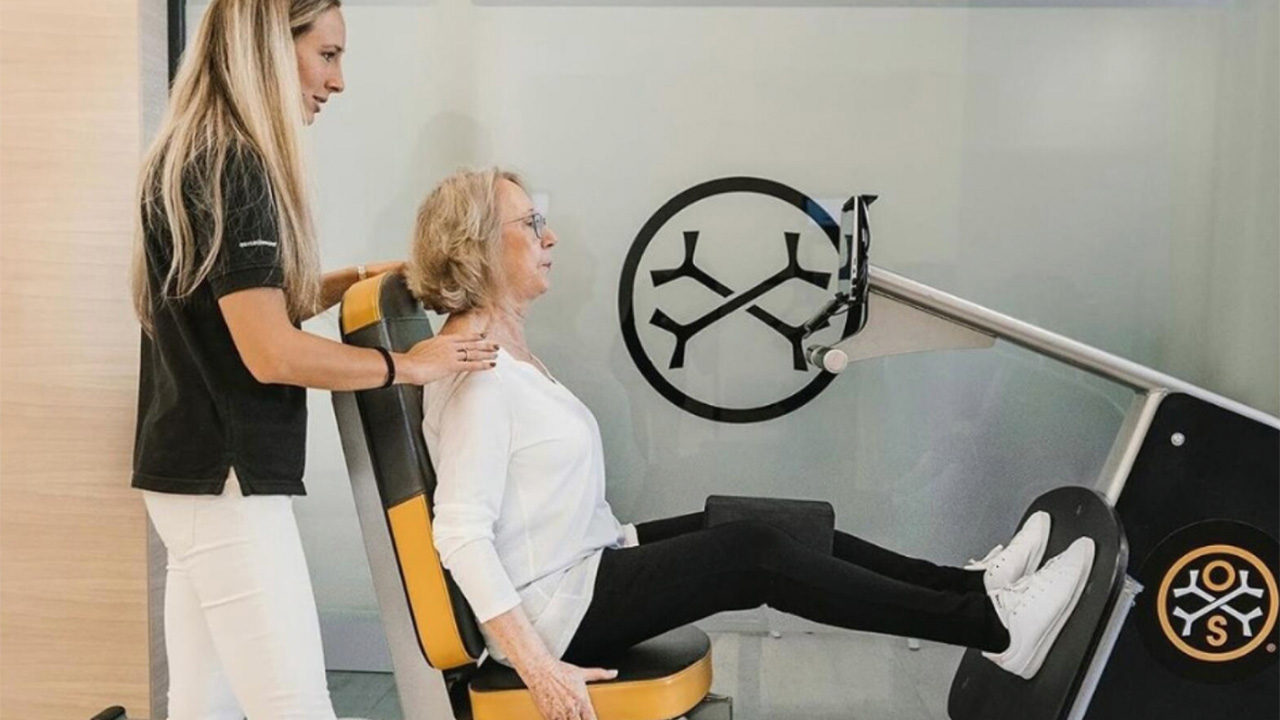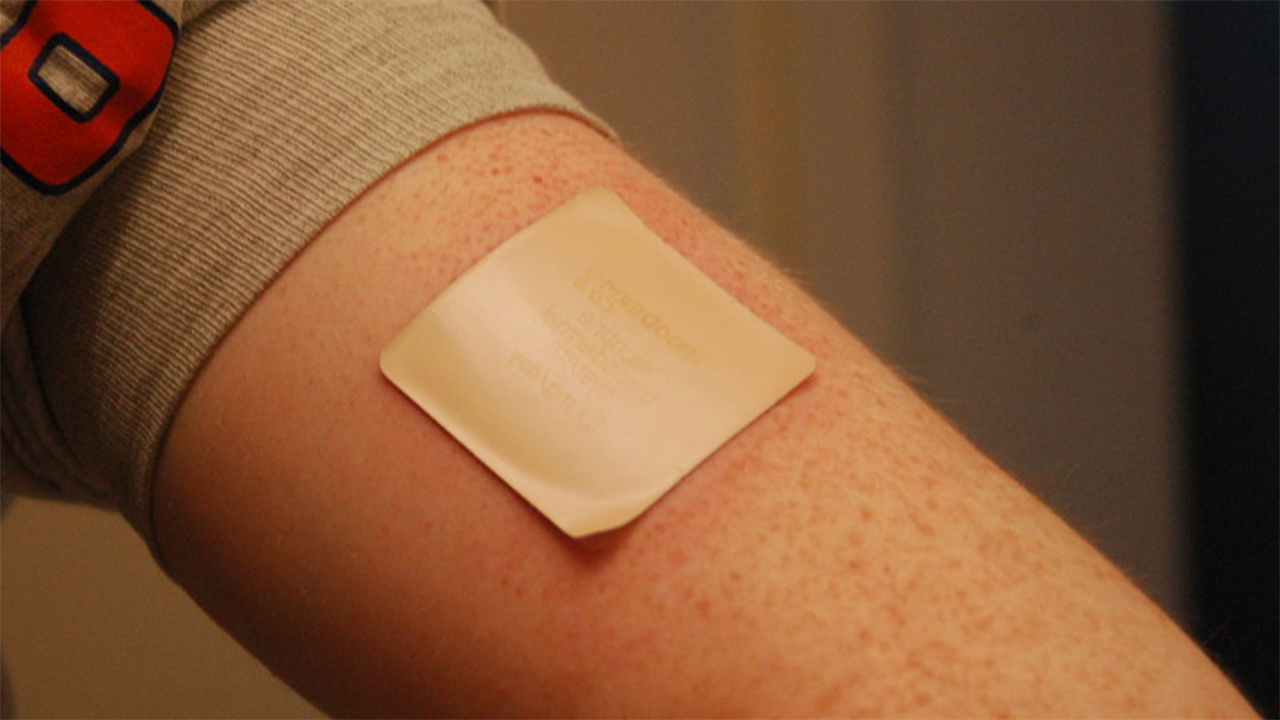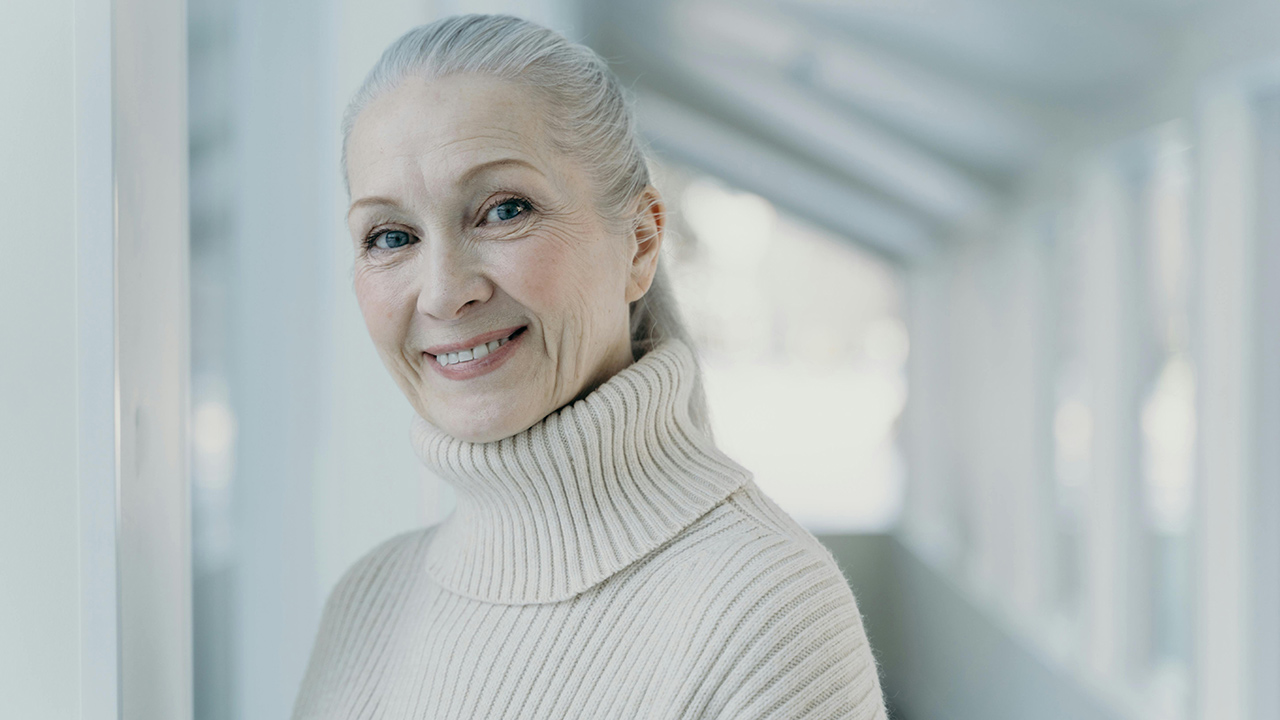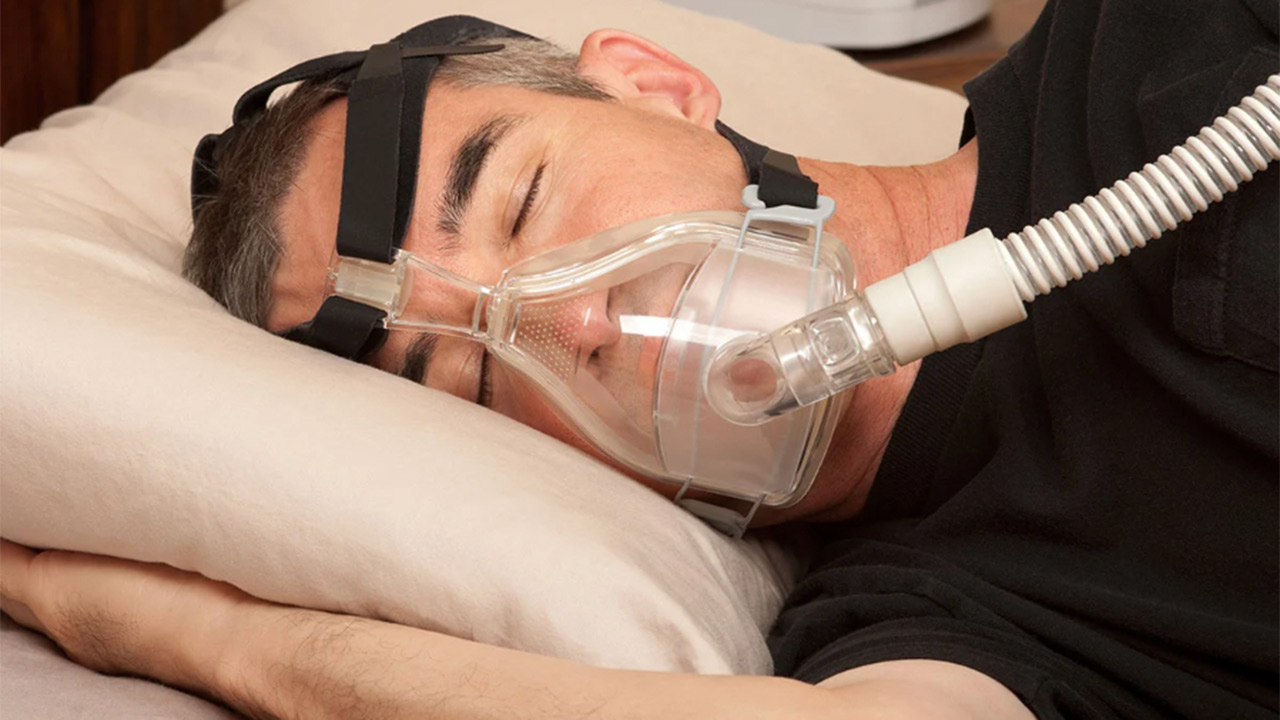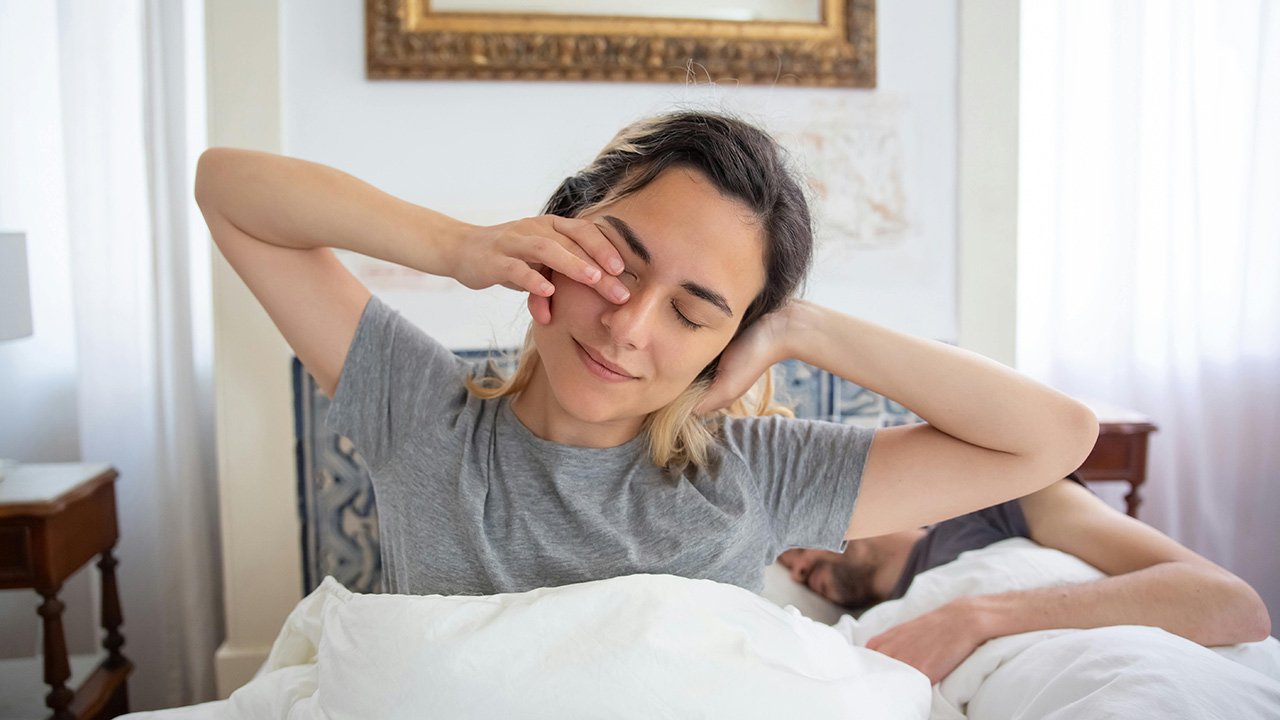A study claiming that the OsteoStrong exercise program helps strengthen bones in post-menopausal women has come under heavy criticism from international experts, with some calling for the research to be retracted.
Published earlier this year in the Journal of Clinical Endocrinology & Metabolism (JCEM), the study was initially celebrated by OsteoStrong, a commercial franchise offering brief, high-intensity weekly sessions designed to improve bone density. The company described its publication as a “monumental step” in validating the program as a science-backed option for managing osteoporosis.
However, scientists say the research suffers from major flaws in design, data analysis and ethical oversight – with some arguing it should never have passed peer review.
“We really questioned the editor on how this paper got through the peer-review process,” said Professor Robin Daly, an expert in exercise and ageing at Deakin University. “It had so many flaws and so many holes in it… There’s no way that you can make a claim that it’s an effective program.”
The study followed 147 post-menopausal women over 12 months, dividing them into groups that either participated in OsteoStrong or did not. The researchers claimed participants who did the program saw bone density gains, particularly those who also took bone-strengthening medication. But critics say these conclusions are unsupported.
“The claims are totally misleading,” said Professor Daly. “The whole paper is extremely difficult to interpret.”
Among the concerns are the lack of a pre-defined statistical plan, failure to minimise bias, no ethical approval, and no registration of the trial – a standard practice designed to ensure transparency and guard against selective reporting.
Lora Giangregorio, a bone researcher at the University of Waterloo, co-authored a letter calling for the study’s retraction. She said the study’s statistical analysis “doesn’t make any sense” and that its claims were “not appropriate.”
Other experts, including Professor Chris Maher from the University of Sydney, agreed the study was too flawed to offer credible evidence. “It does not conform to the Declaration of Helsinki, so it has no standing in medical science and should never have been published,” Maher said.
The Endocrine Society, which publishes JCEM, acknowledged to the ABC that “shortcomings in the research’s design and analyses” and said the authors are submitting a revised version.
Despite these criticisms, the concept behind OsteoStrong – that placing load on bones can help strengthen them – is considered physiologically plausible. Yet experts stress that rigorous evidence is needed.
“The idea of osteogenic loading makes sense,” said Dr Shoshana Sztal-Mazer, an endocrinologist at Alfred Health. “But a 10-minute-a-week quick fix needs to be proven by rigorous studies.”
OsteoStrong did not address the criticisms directly but pointed to unpublished, company-sponsored research it says supports its program’s benefits.
Health authorities, including Osteoporosis Canada and Healthy Bones Australia, continue to recommend exercise as part of a comprehensive approach to bone health – but caution that no short-cut solution has yet been proven to replace established treatments.
“Exercise is important as part of holistic care for osteoporosis,” Dr Sztal-Mazer said. “But claims of dramatic benefits from minimal effort need solid evidence before they can be endorsed.”
Image: OsteoStrong
